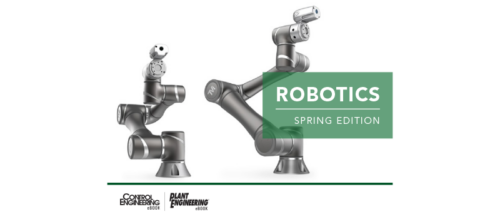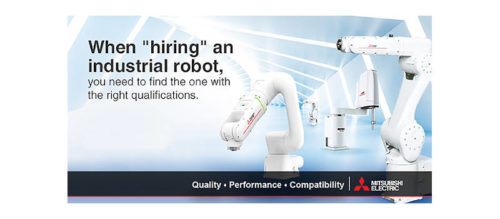Future of CNC
Beyond next-generation computer numerical controls (CNC), there may be virtual reality for CNC programming, advanced CNC intelligence, and advanced automation and programming for additive manufacturing and robotic assembly of microstructures. Each article has more information and images online.
Beyond next-generation computer numerical controls (CNC), there may be virtual reality for CNC programming, advanced CNC intelligence, and advanced automation and programming for additive manufacturing and robotic assembly of microstructures. Each article below is linked to more information and images.
Additive manufacturing used for hydraulic workholding
Case study: James Tool Machine & Engineering Inc. uses 3D printing for workholding manufacturing. The company president said the days are numbered for subtractive manufacturing processes (cutting machine tools).
Assemble big structures from small interlocking pieces
MIT researchers invent a new approach to assembling big structures — even airplanes and bridges — out of small interlocking composite components (see photos). A robotic system for assembly (see video and photos) is under development.
Additive manufacturing, 3D printing, needs CNC precision
The heir-apparent to subtractive manufacturing is additive manufacturing or 3D printing. In subtractive manufacturing, materials are removed to form a part, often with the automated precision assistance of computer numerical control (CNC). Some additive manufacturing machine designs do not use sophisticated motion controls, and some applications could benefit from additional precision. Additive manufacturing has expanded beyond plastics to print metal, including stainless steel and titanium, now used for finished parts in many cases.
Additive manufacturing uses varied technologies and ranges in sophistication and size (even desktop or personal 3D printers). Lower-end machines observed at a recent 3D printing show didn’t use position sensors to provide feedback to motors used for positioning, motors used for positioning seemed to be stepper motors (generally less precise than servo motors), and the controls and human-machine interfaces appeared less sophisticated than those of CNC machines. On the high end, 3D printing is expanding to aircraft large-structural part sizes.
CNC manufacturers, with advanced automation experiences, have opportunities for expansion in the growing additive manufacturing market, which has potential to be larger than the CNC market by eventually printing sophisticated multi-material assemblies. Other advanced automation opportunities exist in the ability to increase printing speed and precision to avoid the need for finishing or secondary processing with some materials, and advance material sciences for a finer finish in one machine.
Virtual reality applied for programming CNC machine tools
Mechatronics researchers demonstrate how future CNC machines could be designed with virtual reality elements to allow an operator to move body elements manually so motion sequences can be saved in the machine program.
Engineering interaction: What do you think the future of machine tools will look like? Add your comments using the comment tools below. For a closer-term look at CNC developments, search on CNC atop www.controleng.com.
– Edited by Mark T. Hoske, content manager, CFE Media, Control Engineering, mhoske@cfemedia.com.
Do you have experience and expertise with the topics mentioned in this content? You should consider contributing to our CFE Media editorial team and getting the recognition you and your company deserve. Click here to start this process.




